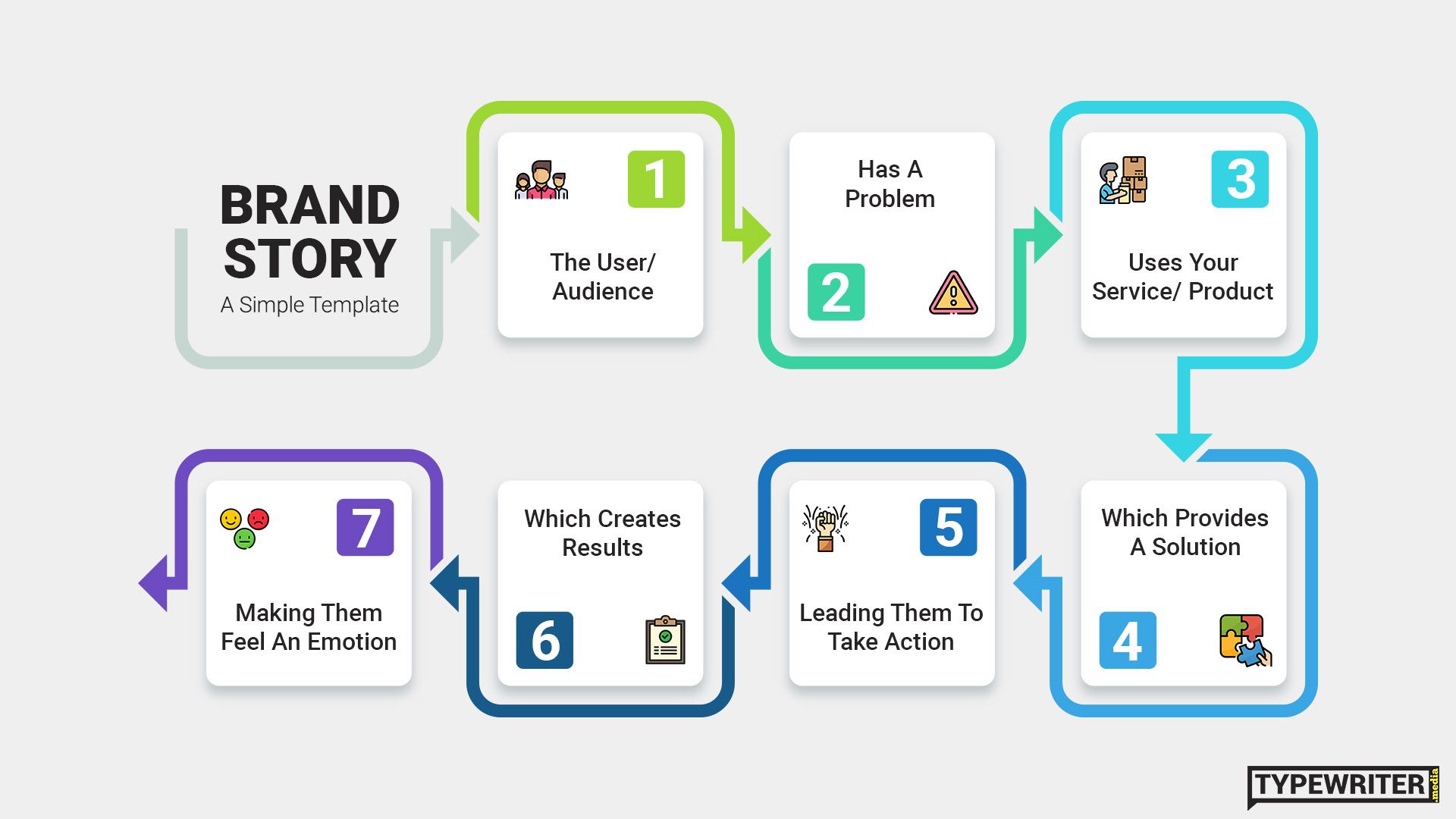In the ever-evolving world of technology, establishing a strong brand identity is crucial for standing out amidst the competition. Your brand story serves as the foundation of your identity, communicating who you are, what you stand for, and why customers should choose your products or services over others. Crafting a compelling brand story requires careful planning and strategic thinking. This article will explore the key components of brand identity development and provide actionable tips for creating a powerful brand story that resonates with your target audience.
The Importance of Brand Identity
Your brand identity is what sets you apart from competitors and creates a lasting impression in the minds of consumers. It encompasses everything from your logo, color scheme, and typography to the tone of voice you use in your messaging. A strong brand identity builds trust and credibility, fosters brand loyalty, and ultimately drives customer retention and growth. In the tech industry, where innovation and differentiation are key, having a distinct and recognizable brand is essential for success.
Components of Brand Identity Development
1. Define Your Brand Values
Before crafting your brand story, it’s important to establish your brand values. What do you believe in? What principles guide your decision-making? Your brand values should be authentic and resonate with your target audience. By clearly defining your values, you can create a brand story that is meaningful and impactful.
2. Identify Your Target Audience
Understanding your target audience is crucial for developing a brand story that resonates with them. Who are your ideal customers? What are their pain points, needs, and desires? By conducting market research and creating buyer personas, you can tailor your brand messaging to address the specific needs of your target audience.
3. Craft Your Brand Story
Your brand story is the narrative that communicates who you are, what you do, and why you do it. It should be authentic, compelling, and consistent across all touchpoints. When crafting your brand story, consider the following elements:
Origin Story: How did your company get started? What inspired you to enter the tech industry?
Values and Mission: What do you stand for? What are your long-term goals and aspirations?
Unique Selling Proposition: What makes you different from competitors? Why should customers choose you?
Culture and Personality: What is the tone of voice you use in your communications? How do you want customers to perceive your brand?
Tips for Creating a Powerful Brand Story
1. Be Authentic
Authenticity is key to building trust with your audience. Your brand story should reflect who you are as a company and what you believe in. Don’t try to be something you’re not – customers can see through inauthenticity.
2. Keep it Simple and Memorable
Your brand story should be easy to understand and remember. Avoid jargon and unnecessary complexity. Focus on clear, concise messaging that resonates with your audience.
3. Be Consistent Across All Channels
Consistency is essential for building a strong brand identity. Ensure that your brand story is reflected in all of your marketing materials, from your website and social media channels to your product packaging and customer service interactions.
4. Evolve with Your Audience
Your brand story should evolve as your company grows and your audience changes. Stay attuned to the needs and preferences of your target customers and be willing to adapt your brand story accordingly.
5. Measure Your Success
Monitor the impact of your brand story through metrics like brand awareness, customer engagement, and customer loyalty. Use this data to refine and enhance your brand story over time.
Conclusion
Developing a strong brand identity is essential for success in the tech industry. By crafting a compelling brand story that resonates with your target audience, you can differentiate your brand, build trust and loyalty with customers, and drive growth and profitability. Remember to define your brand values, identify your target audience, and create a brand story that is authentic, memorable, and consistent. By following these tips, you can create a powerful brand story that sets you apart from the competition and establishes a lasting connection with your customers.
References:
Smith, J. (2021). The Power of Brand Storytelling: How to Craft Your Company’s Narrative. Harvard Business Review, 5(2), 45-57.
